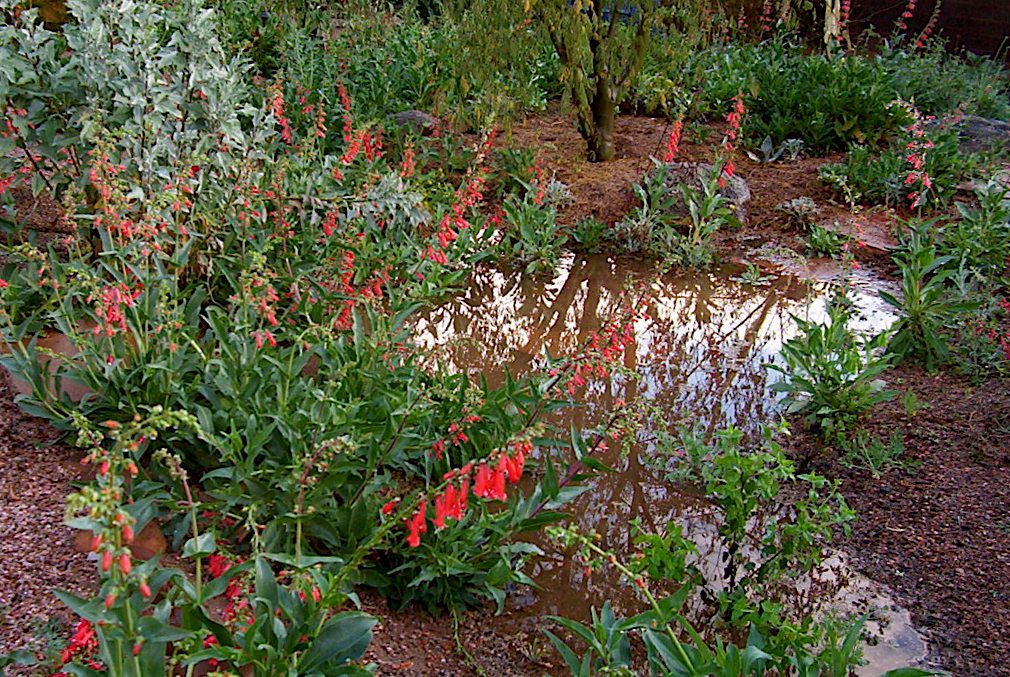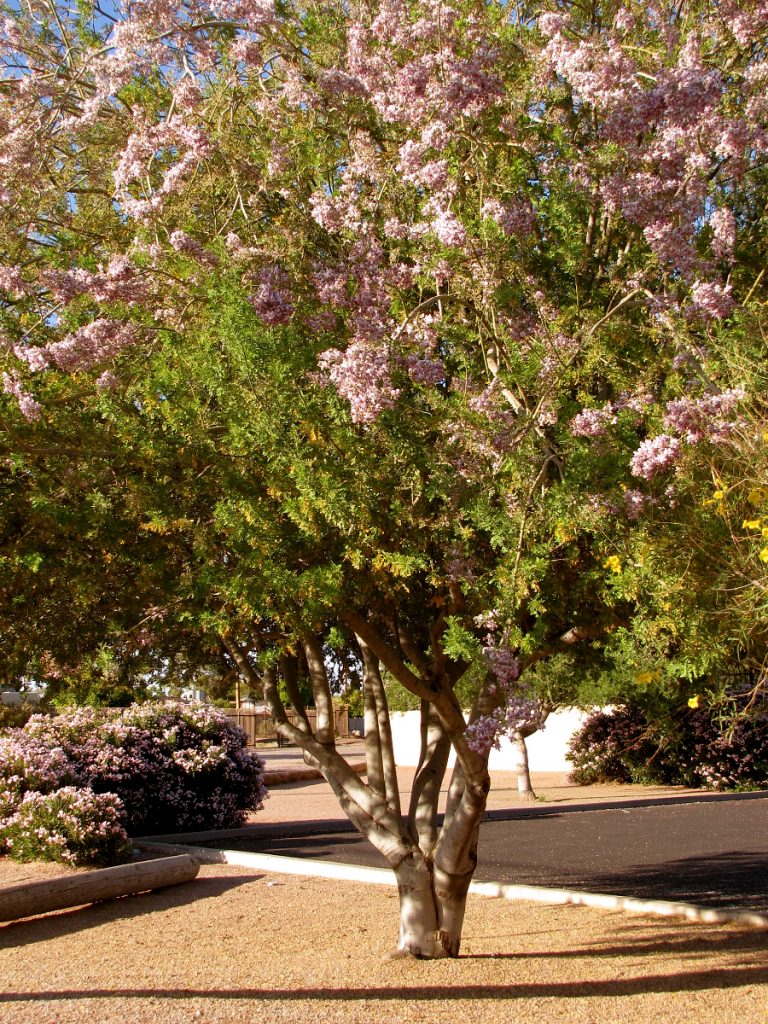Plant of the Month: Night-Blooming Cereus (repandus and hildmannianus)
Cereus cacti are nighttime showstoppers that are not shy about strutting their blooms. The two Cereus species highlighted, repandus and hildmannuamus, are so similar it’s challenging to differentiate between them. Like most cacti, this garden giant sits unassuming in the landscape, happy to take in full sun with minimal water. In late spring however, large white showy flowers will open …
Read More


